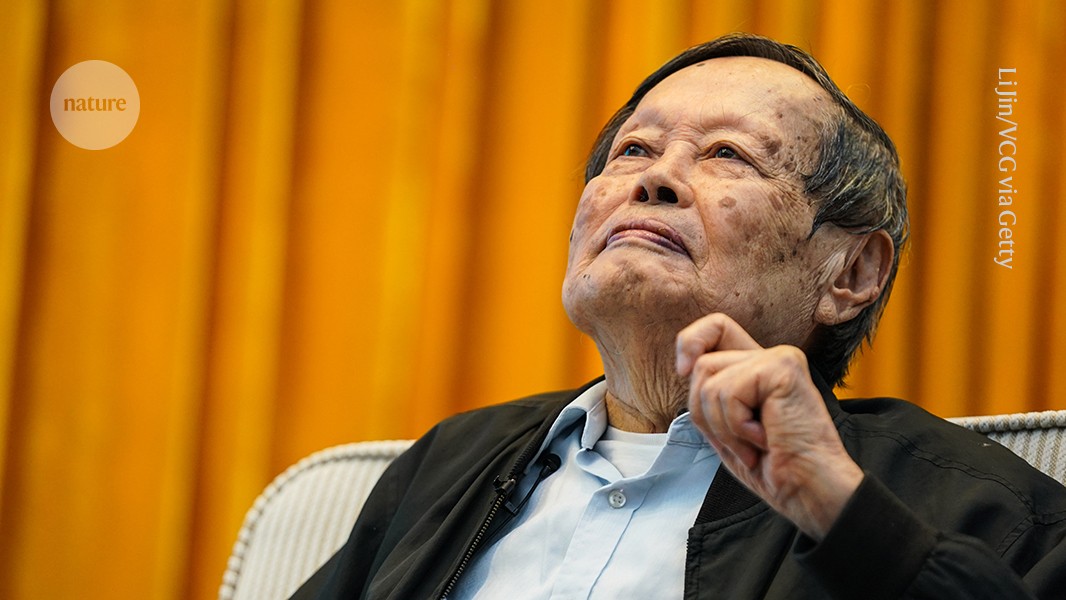
"Just as many of us are struck by the beauty of symmetrical patterns in nature and art, Chen-Ning Yang had a deep feeling for beauty and the role of symmetry in physics. It was work on a breakdown of symmetry that brought Yang fame. In 1956, he and theorist Tsung-Dao Lee dared to propose that there is a fundamental difference between left and right in the realm of physics."
"They predicted that the results of experiments in the real world and in a mirror one could sometimes be different. Experiments in subatomic physics soon confirmed this theory and, in 1957, the pair was awarded the Nobel Prize in Physics, making them the first Chinese-born Nobel laureates. Yang's work in theoretical physics spanned more than six decades, both in his native China and in the United States, where he lived for nearly 60 years."
"His father, who had a PhD from the University of Chicago, Illinois, was professor of mathematics at Tsinghua University in Beijing and introduced his son to the maths of symmetry. After war broke out between China and Japan in 1937, the family settled in Kunming in southwestern China, to where people working at Tsinghua and other universities in Beijing had been evacuated and where the institutions had merged temporarily."
Chen-Ning Yang pursued the role of symmetry in physics from childhood, influenced by a mathematician father with a PhD from the University of Chicago. He and Tsung-Dao Lee proposed in 1956 that fundamental physics could distinguish left from right, predicting parity violation that experiments confirmed and that earned them the 1957 Nobel Prize. Yang's theoretical work spanned more than six decades across China and the United States, where he lived for nearly 60 years. A Tsinghua fellowship enabled him to study at the University of Chicago under the influence of Enrico Fermi, whose empirically guided theory he admired. He died aged 103.
Read at Nature
Unable to calculate read time
Collection
[
|
...
]